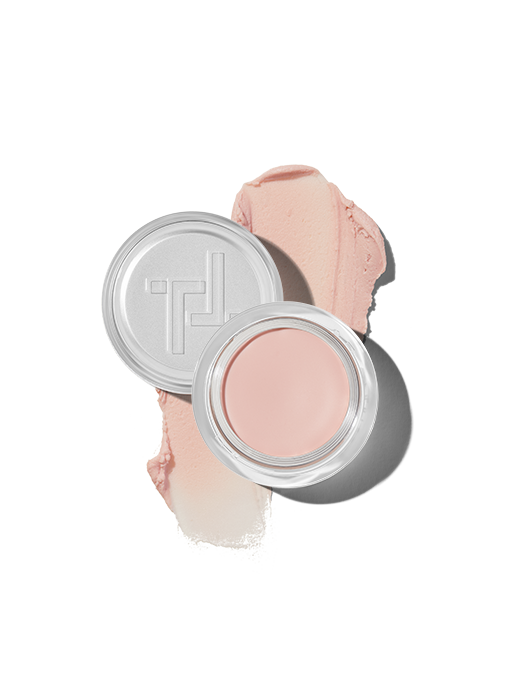
 Face Finish
Face FinishFace Finish
Mattifying balm to zap shine and smooth pores
EU free standard delivery on orders over €150

Oily skin is defined as skin that has an excess of sebum, the natural oils that work to keep your skin soft and comfortable. Not sure if your skin is oily? Feeling like your skin has a shine or sheen to it, especially later in the day, is a giveaway. Our sebaceous glands (which make sebum) are most concentrated around our T-zones (across the forehead and down the nose) which is where you are most likely to notice the oil.
Those with oily skin can also be more prone to breakouts, as it is a combination of sebum and dead skin cells which create blemishes. It makes sense that the more oil you have naturally present on the skin, the more likely your complexion is to become congested.
There are widely considered to be four key skin types: dry, oily, combination and normal. Which category your complexion slots into is determined by genetics, in the same way we don’t have a say in our natural hair or eye colour. That being said, there are additional factors that can drive extra oil in the skin, such as weather, hormones, diet and stress.
Before we chat about how oily skin can be prevented, let's first recap the benefits of having oily skin. Oily skin tends to look fresher and healthier than dry skin, with the natural abundance of oil giving it a dewy glow. Not to mention that when skin is oily, fine lines are less visible. Oily skin is comfortable and soft too, rather than dry and rough, as it has plenty of natural moisturiser to keep it happy.
If you have a naturally oily skin type, there isn’t anything you can do to prevent it – apart from blaming your parents of course. What you can do is keep a handle on excess oil, so that it doesn’t cause problems with congestion or impact the staying power of your makeup. We know it’s easier said than done, but keeping stress to a minimum will help to keep excess oil at bay. When we’re stressed, the levels of the hormone cortisol on our body starts to rise, which in turn creates more oil. This is why you might notice your skin feels greasier, or is becoming more prone to breakouts, during especially busy or difficult periods.
Our diet is closely linked to this too, especially as when we’re stressed, healthy eating can quickly be replaced by grabbing processed and salt-laden foods on the go. Treating yourself to a takeaway every now and again is fine, but reaching for them regularly will have a knock-on effect on the oil levels of your skin. Aim to eat a nutritious, balanced diet filled with plenty of fruit and vegetables.
When shopping for the best skincare for oily skin, look out for ingredients that balance the flow of oil and keep the number of dead skin cells on the surface to a minimum. They include:
Niacinamide: Niacinamide is a great all-rounder ingredient. A real multi-tasker, it not only calms skin that’s in a pickle and boosts hydration, but does a brilliant job of balancing the amount of oil in the skin. Use consistently to keep excess sebum under control. You'll find it in our Energise Me Niacinamide Moisturiser.
Salicylic acid: As mentioned, the oilier your skin is, the more likely you are to suffer from blemishes. Enter salicylic acid, an oil-soluble member of the beta-hydroxy acid that whisks away dead skin cells from the surface of the skin, so there’s nothing for the oil to combine with to create a blemish. We've included this in the Find Your Balance BHA Exfoliant.
Retinal: Retinal achieves similar results to salicylic acid when it comes to blemish prevention, but works in a slightly different way. It helps to speed up the rate at which the cells on the surface of your skin turnover, again making sure that they aren’t out-staying their welcome and contributing to congestion. It's in our Overnight Sensation Retinal+ Serum.
The best makeup for oily skin always starts with good skincare, so if you’re serious about getting the best possible results. it pays to take the above advice on board. Now you have created a balanced canvas to work on, it's time to dive into your makeup bag.
Face Finish Mattifying Balm: Blurring oiliness in a matter of swipes and seconds, Face Finish is the perfect product for anyone who wants to dial down shine. Skin-enhancing silicones mattify the skin, as well as softening imperfections. “It’s our equivalent of a powder, giving skin a soft-focus finish,” adds Katie Levy, Pro Makeup Artist at Trinny London.
Just a Touch Foundation Concealer: Need a little more coverage? No problem. Just a Touch provides targeted, easy-to-control cover wherever you need it. “It’s great for oily skin,” says Lenny Royal, Pro Makeup Artist at Trinny London. “It’s quite thick in texture, giving good coverage with a semi-matte glow.”
Let us begin by saying that how much, or how little, makeup you wear is completely down to personal preference. Most of us stick to a similar routine most days, and will probably wear more, or less, makeup, depending on factors like what we’re up to, our mood or how confident we are feeling about our skin on that particular day.
“You don’t want to apply lots of products if you have really good skin,” says Lenny. “Also, if you’re piling on lots of makeup and you have oily skin, it’s going to show – because your pores will push right through. Instead, just work more into the areas that need it most.”
“Maybe don’t apply so much on the T-zone, where you’re most-likely oiliest,” adds Katie. “Normally we say that the centre of your face is where you want the most coverage, but for someone oily, apply slightly less there, just covering complexions where needed. Remember, everyone’s skin is different.”
There’s a common perception that in order to dull excess oil in the skin, you’ll need to use a powder. This will help to soak up the oil, but will change the appearance of the skin in the process. Picture it like this – if you use sand to absorb excess moisture, it will do a good job, but the surface will also look like it has sand on it.
“I like the idea of a powder but I do feel it gives a very unnatural finish on the skin,” says Lenny. “Skin shouldn’t look flat, it should still have a bit of moisture to it.” Look instead to cream makeup specifically designed for oily skin. It will have taken the key considerations of this skin type into account, without masking your skin’s natural radiance.
Make sure that your skin is clean. Allow time for any liquid exfoliants or serums to absorb into your skin, and apply a moisturiser so your skin is fresh and hydrated.
Warm a little Face Finish between your fingertips before smoothing across your skin, focusing on the oiliest areas. For most people this will be your forehead, nose and chin.
Take 1 to 2 pumps of BFF All Day and use either your fingers, or a brush, to apply to your face. If you’re using your fingers, pat, press and push the product into your skin for long-lasting coverage. If you’re using a brush, buffing and blending will have the same setting effect.
If needed, smooth an additional amount of Face Finish over your T-zone, to really dull down shine.
For some, this level of coverage will be enough. But, if you have breakouts, post-spot marks or dark circles to contend with, you may need extra product. Pat or buff a little Just a Touch onto these areas to cover. A little goes a long way, so go slowly to avoid a cakey or unnatural finish.
We know, after a long day it can be tempting to bypass the bathroom and head straight to bed with your makeup still in place. But, what if we told you that this is one of the worst things you can do for your complexion? Not removing your makeup is bad news for your skin for a number of reasons.
First up, it’s not just makeup that’s left on your skin, but a cocktail of pollution and daily grime that has combined with it during the day. If you have oily skin, there’s even more to contend with, as you have a day’s worth of excess sebum in the mix too. Over time, these elements can dull skin, robbing it of its natural radiance.
Secondly, as mentioned, oily skin is more prone to blemishes. Therefore if you are leaving extra makeup on your skin, there is a higher likelihood of blocked pores, and therefore blemishes.
Thirdly, oily skin often needs active ingredients like niacinamide and salicylic acid to keep it looking and feeling its best. If you haven’t removed your makeup properly before applying liquid exfoliants or serums, these actives can’t get to the skin to work. You are essentially creating a physical barrier, preventing them from getting to where they need to be.
Finally, if you haven’t got yesterday’s makeup out the way before you move onto the next, you won’t have a clear canvas to work on. Rather it will be like trying to create a painting on top of a piece of paper that has already been marked. Makeup will look better, and last longer, when applied to clean skin.
If you’re not already well-versed in the benefits of thoroughly cleansing your skin, allow us to introduce you to the concept of double cleansing. It essentially means washing your face twice: once to remove makeup and residual daily grime, and a second time to give your pores a proper clear out. You only need to wash your face twice at night, as you (hopefully!) won’t have been wearing makeup as you slept.
Shop the article

 Face Finish
Face FinishMattifying balm to zap shine and smooth pores
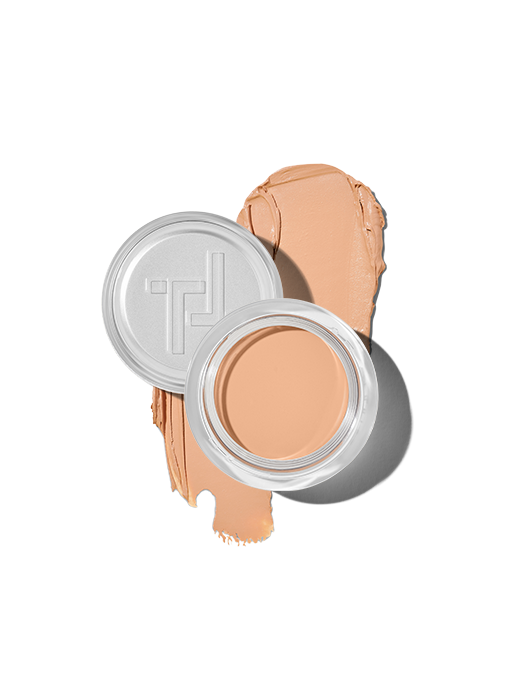
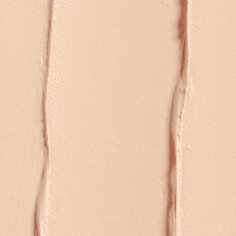
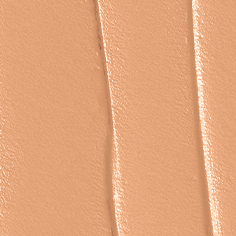
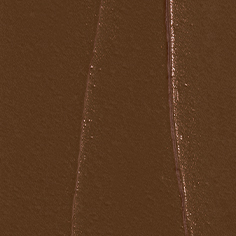 25 shades
25 shades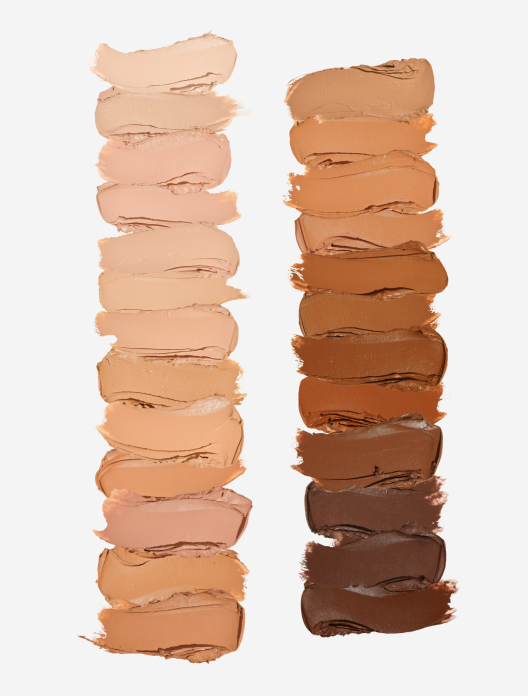
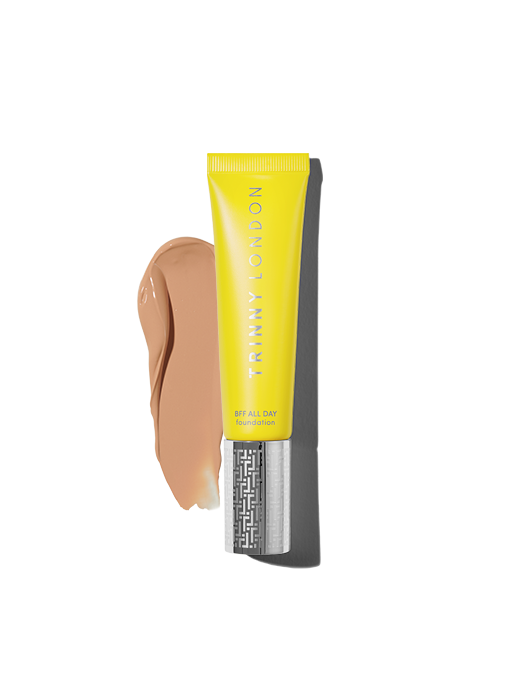
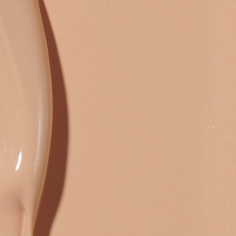
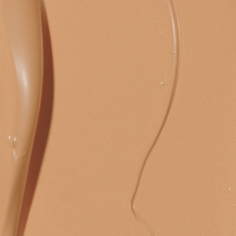
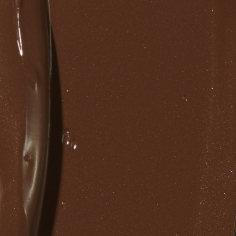 18 shades
18 shades
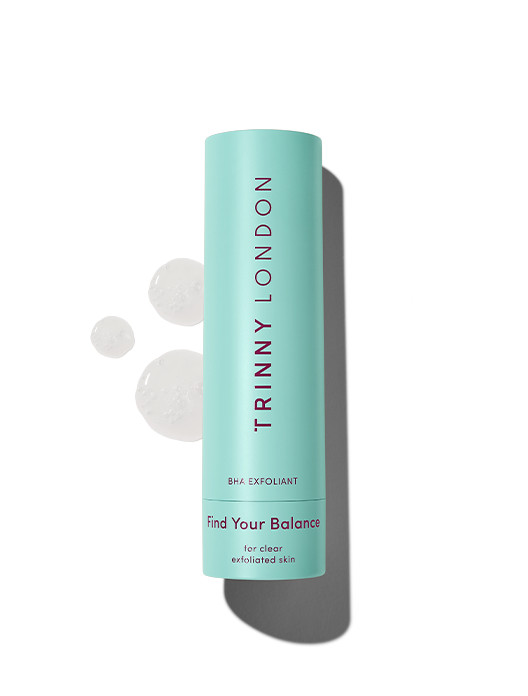
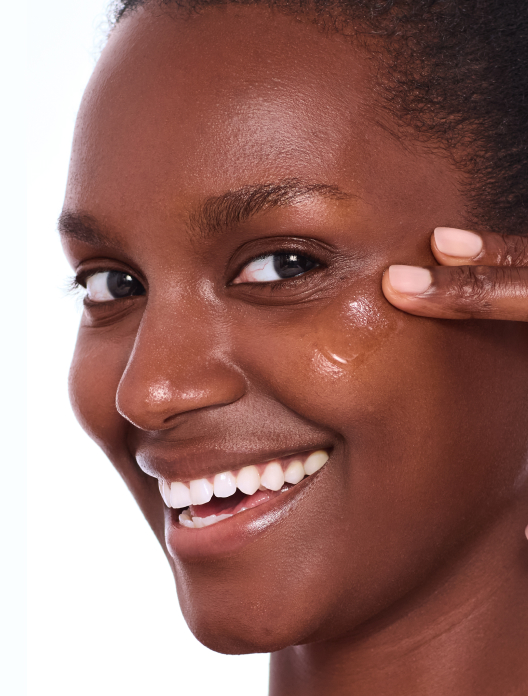
Clarifying complex to tackle blemishes
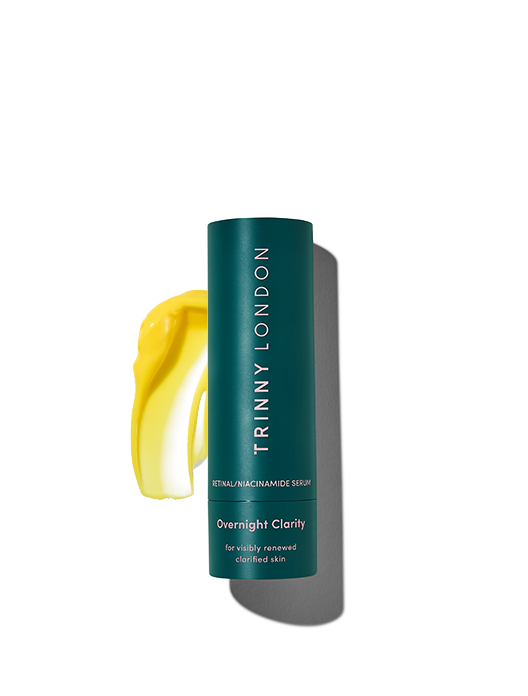
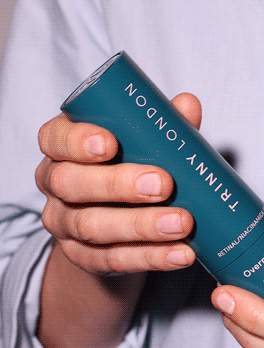
Retinal/niacinamide serum for visibly smooth, even skin, suitable for all skin types
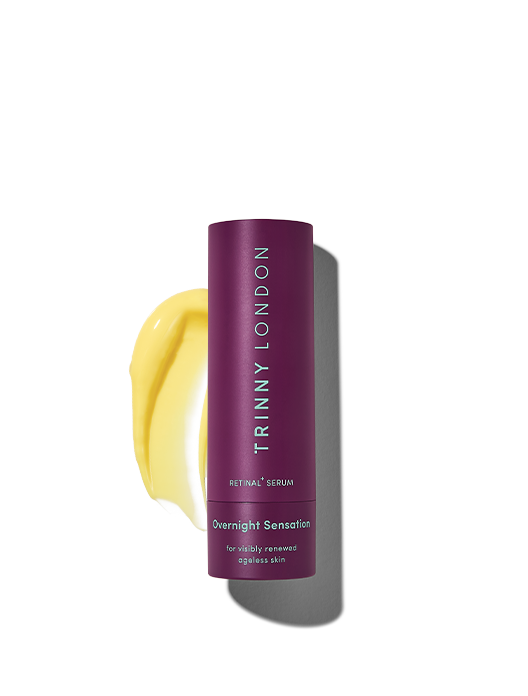
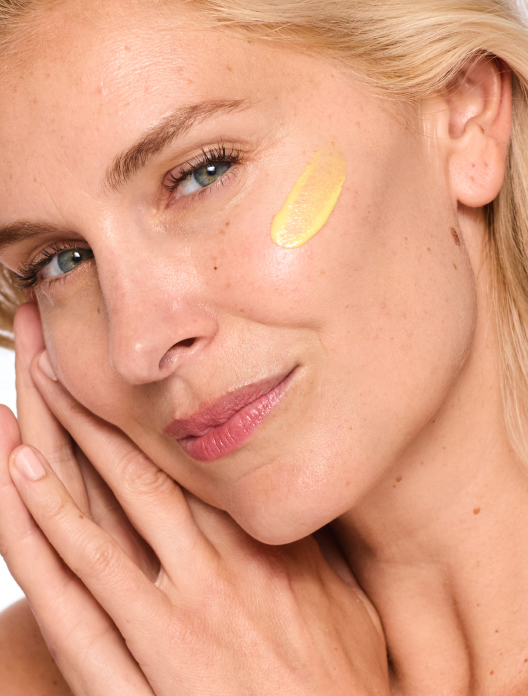
High-dose retinal serum for renewed, smooth skin, suitable for all skin types
Read, watch and be inspired...